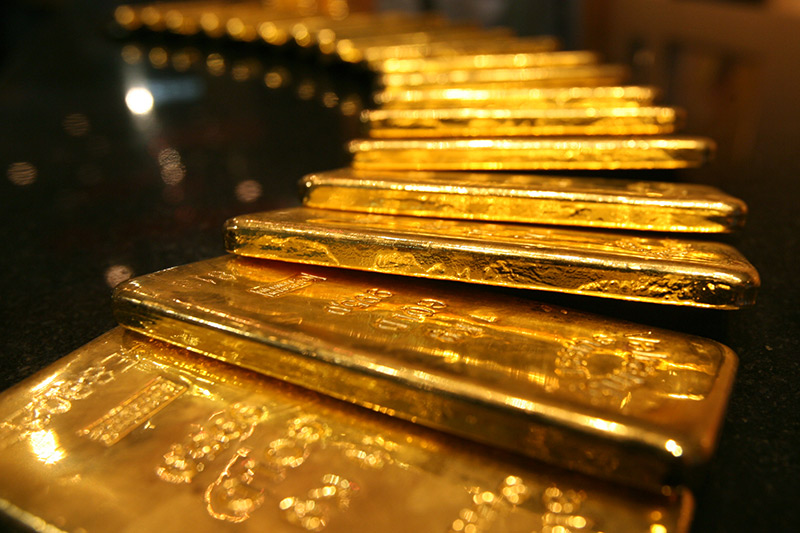BRASILIA (Reuters) – All Brazilian gold imports by Germany and 71% by Italy come from areas of the Amazon (NASDAQ:) where illegal mining is rampant, a think thank said on Tuesday, calling for increased European scrutiny.
All 1.3 tonnes (2,866 lb) of gold that Germany imported from Brazil in 2023 came from the state of Amazonas, a study by Sao Paulo-based Instituto Escolhas using government data showed.
Italy imported 356 kg (784.85 lb) of Brazilian gold last year, including 254 kg from the states of Pará and Sao Paulo, said the report called Europe’s Risky Gold.
Wildcat gold mining, known as garimpo in Portuguese, has surged in Amazonas and Para in recent years since hard-right former President Jair Bolsonaro relaxed environmental controls and encouraged development in the Amazon rainforest, leading to increased deforestation.
Sao Paulo state produces no gold, but is the major hub for sales and export of the precious metal, especially of unclear legal origins.
The European Union has strict rules to curb the sale of ores from dubious or illicit origins, but the due diligence process has many blind spots, Larissa Rodrigues, director of research at Instituto Escolhas, said in an interview.
“It cannot say it has a responsible purchasing policy. … The European companies buying the gold have no idea where it was mined and who sold it to traders for export.”
About 94% of the Brazilian gold imported by Germany and Italy, the main buyers in the EU, has dubious origins, arriving via a chain of intermediaries from hundreds of gold prospects in the Amazon, Rodrigues noted.
More than half of the 68 tonnes of gold exported by Brazil last year has suspect origins that cannot be traced, despite the current government’s measures to crack down on illegal gold sales, the nonprofit Instituto Escolhas said.
Canada is the main buyer of Brazilian gold, which is exported by companies from legally licensed mines, as is the case for the third largest importer, the United Kingdom, the think tank said.
However, Brazilian gold imports by Switzerland, the second biggest buyer, includes bullion from wildcat mining sites, Rodrigues said. Much of that ends up in the EU, which gets 70% of its gold from the Swiss.
Read the full article here











